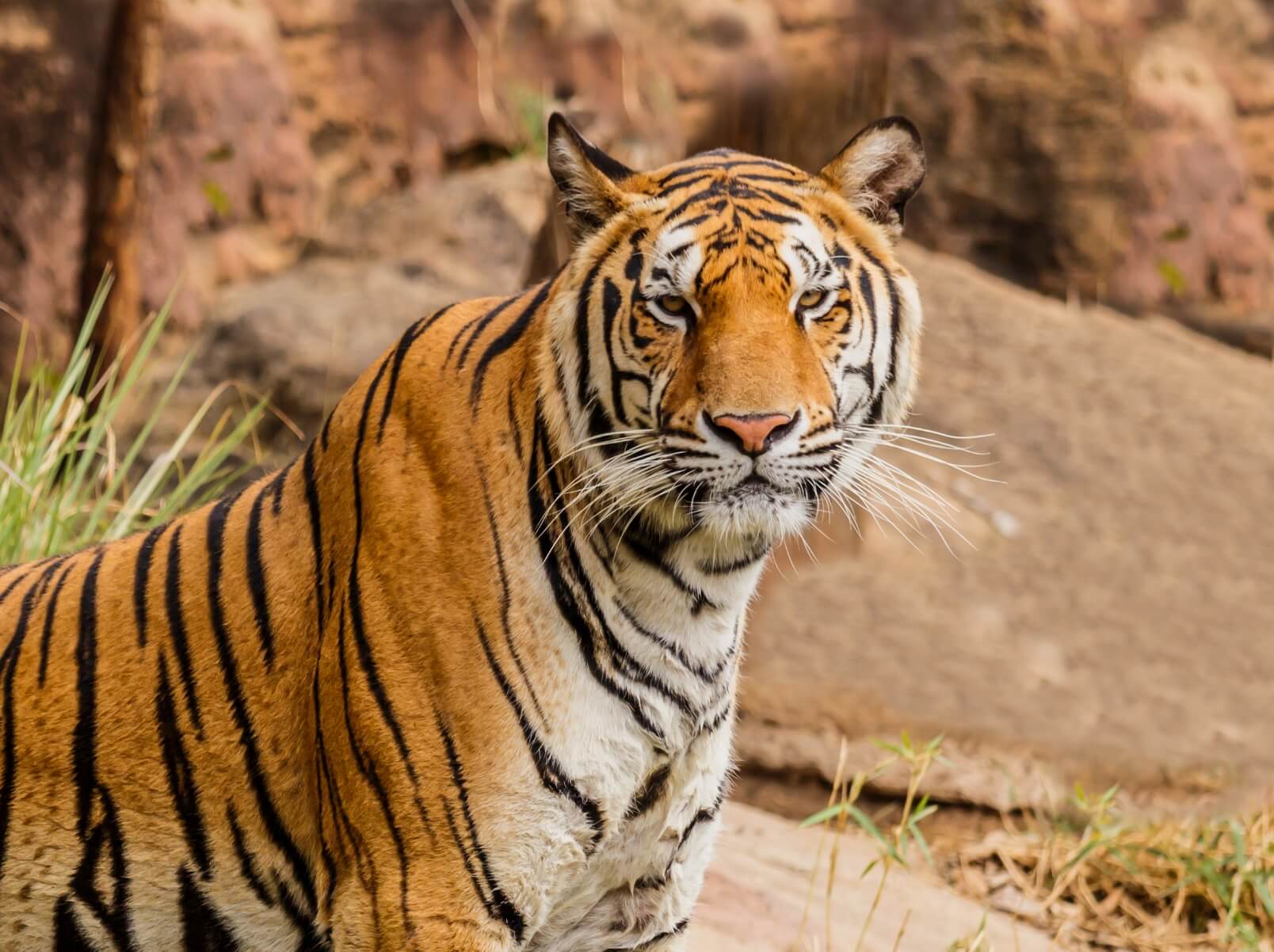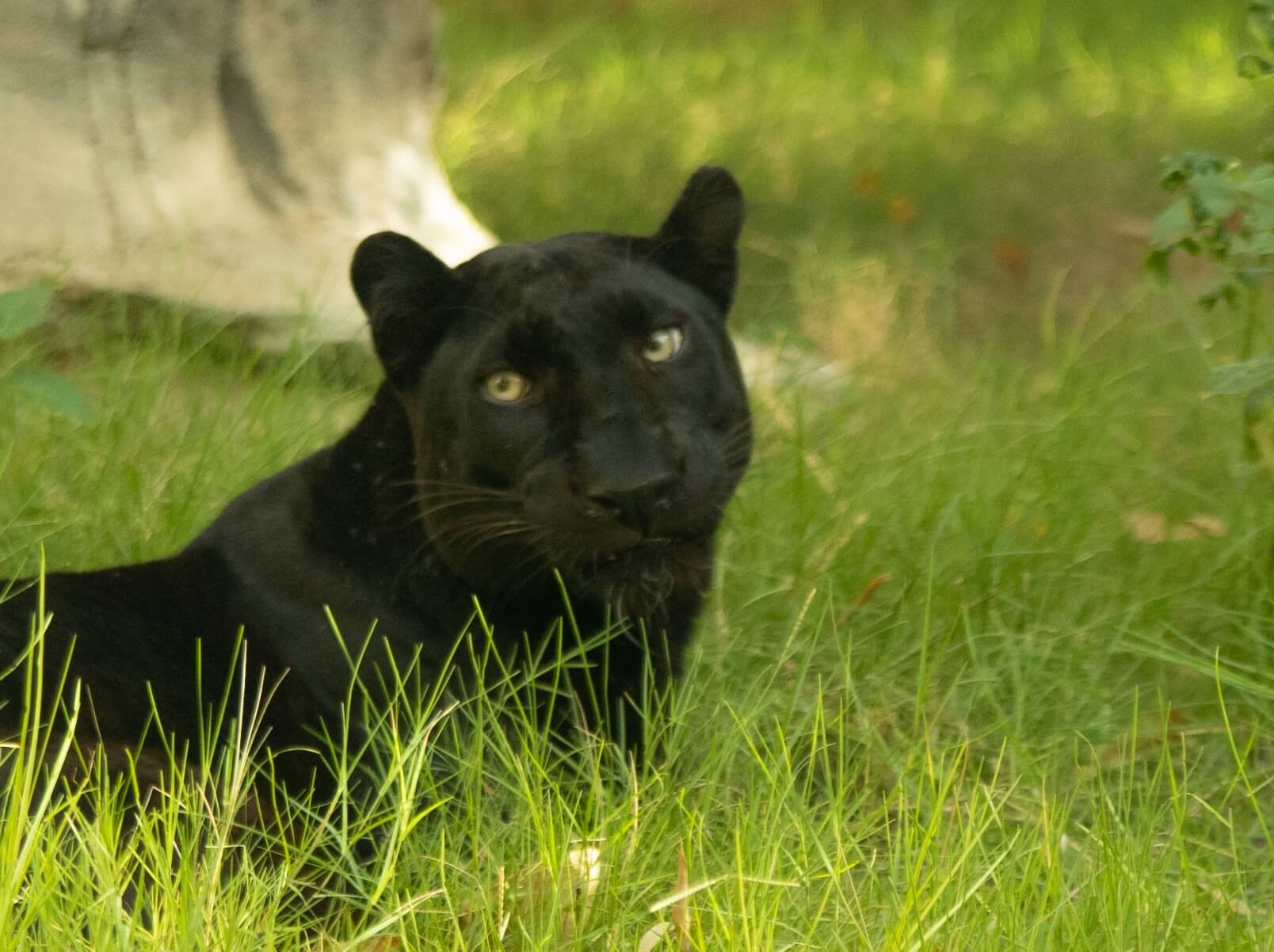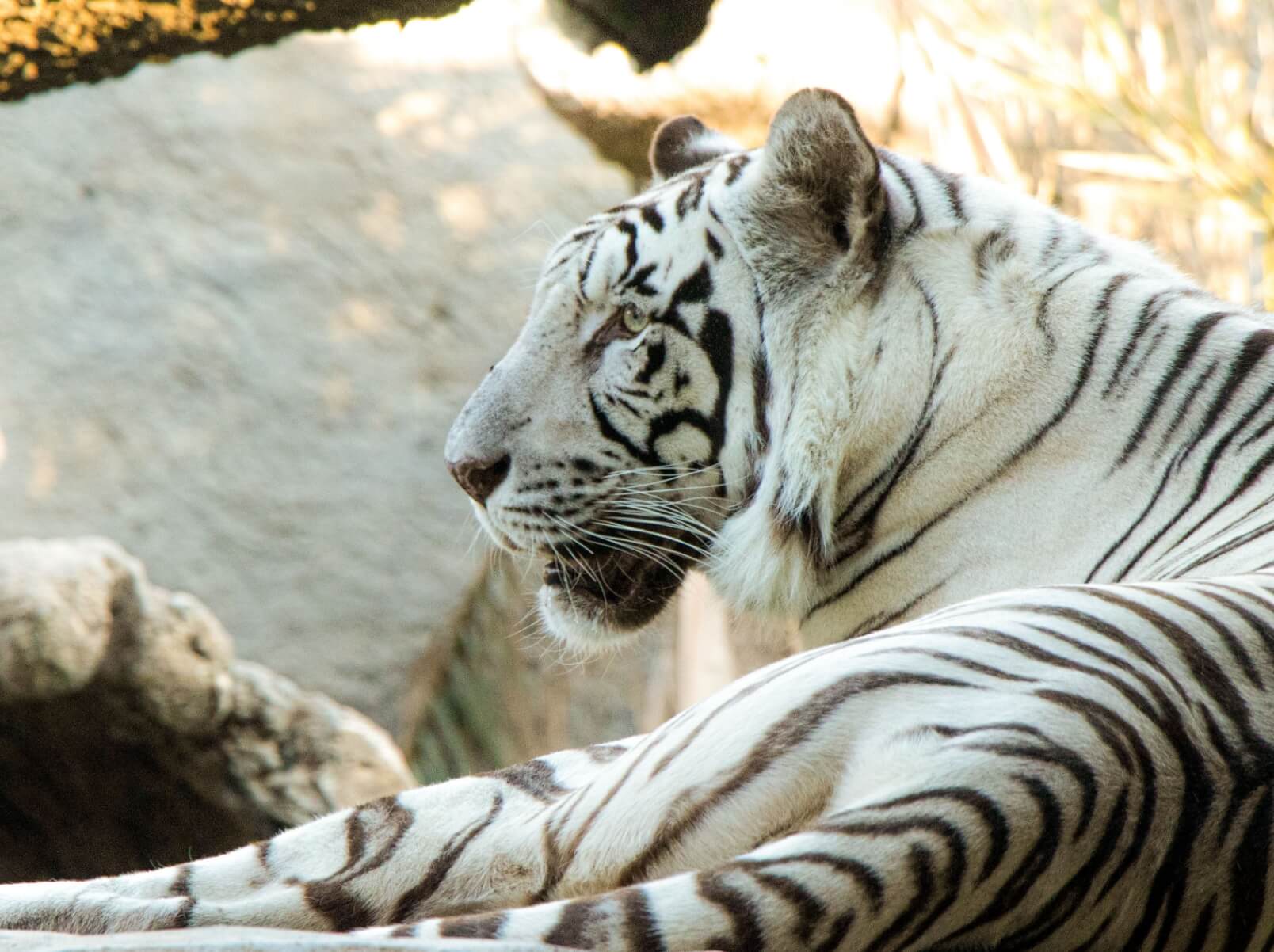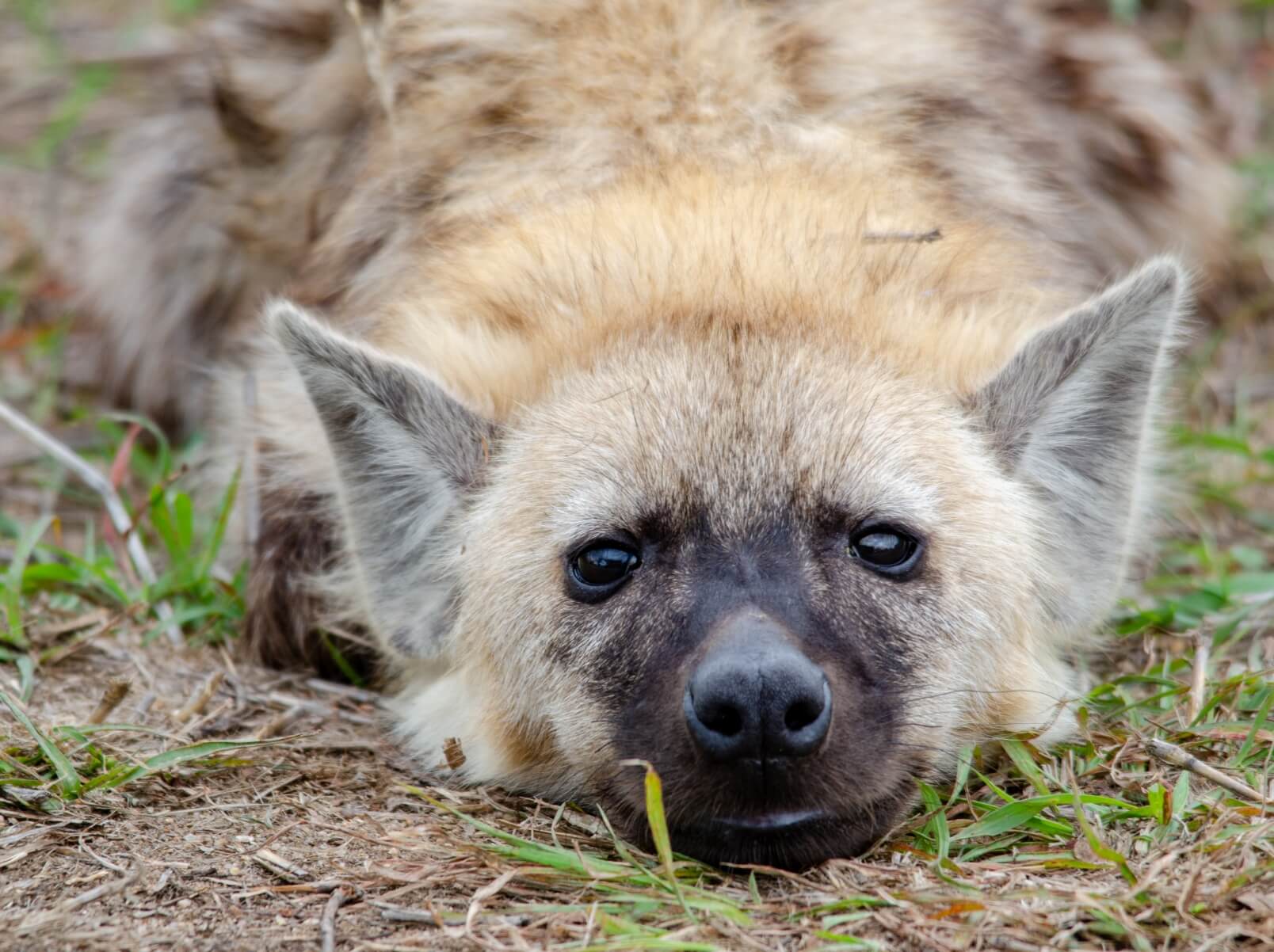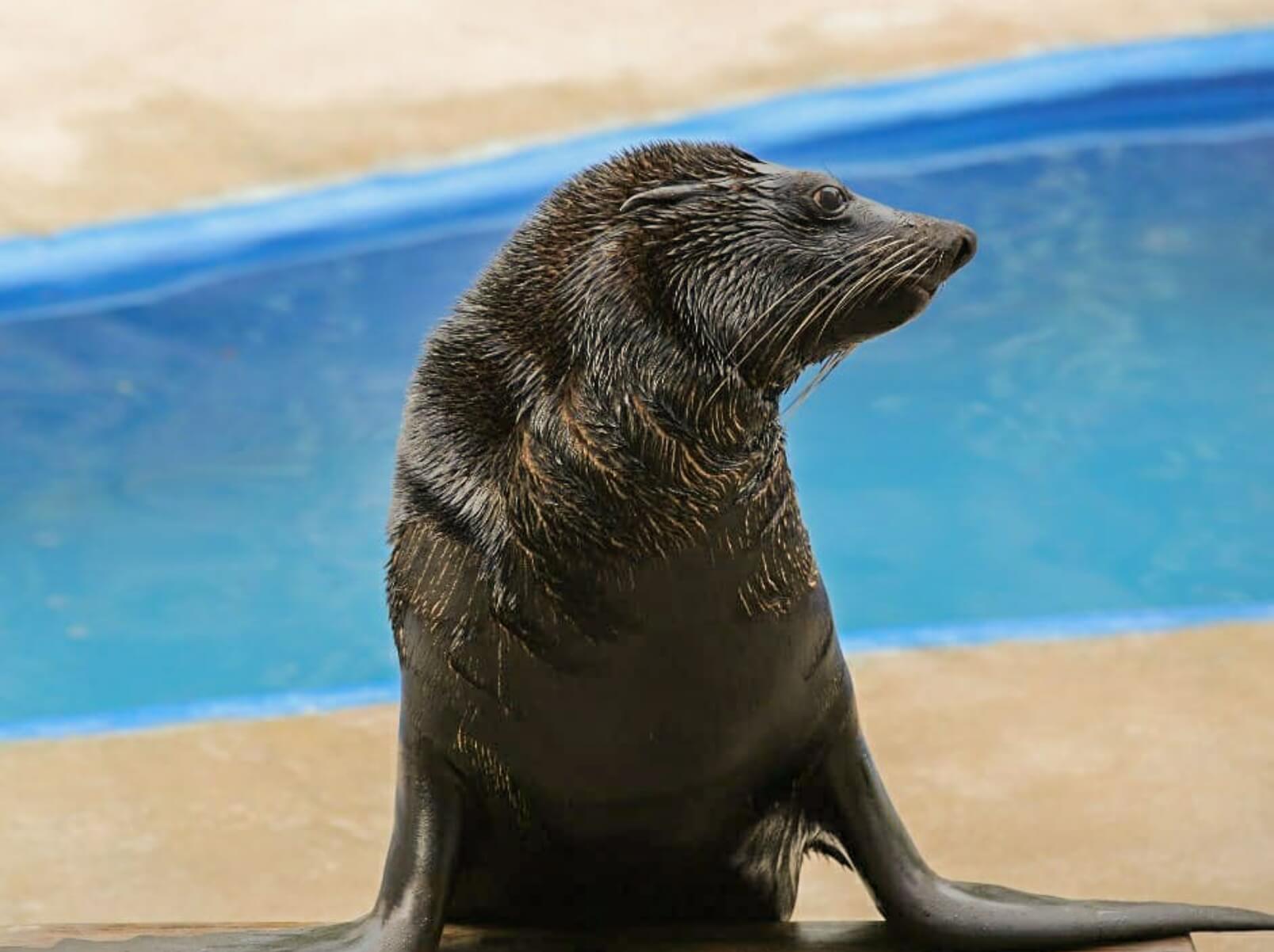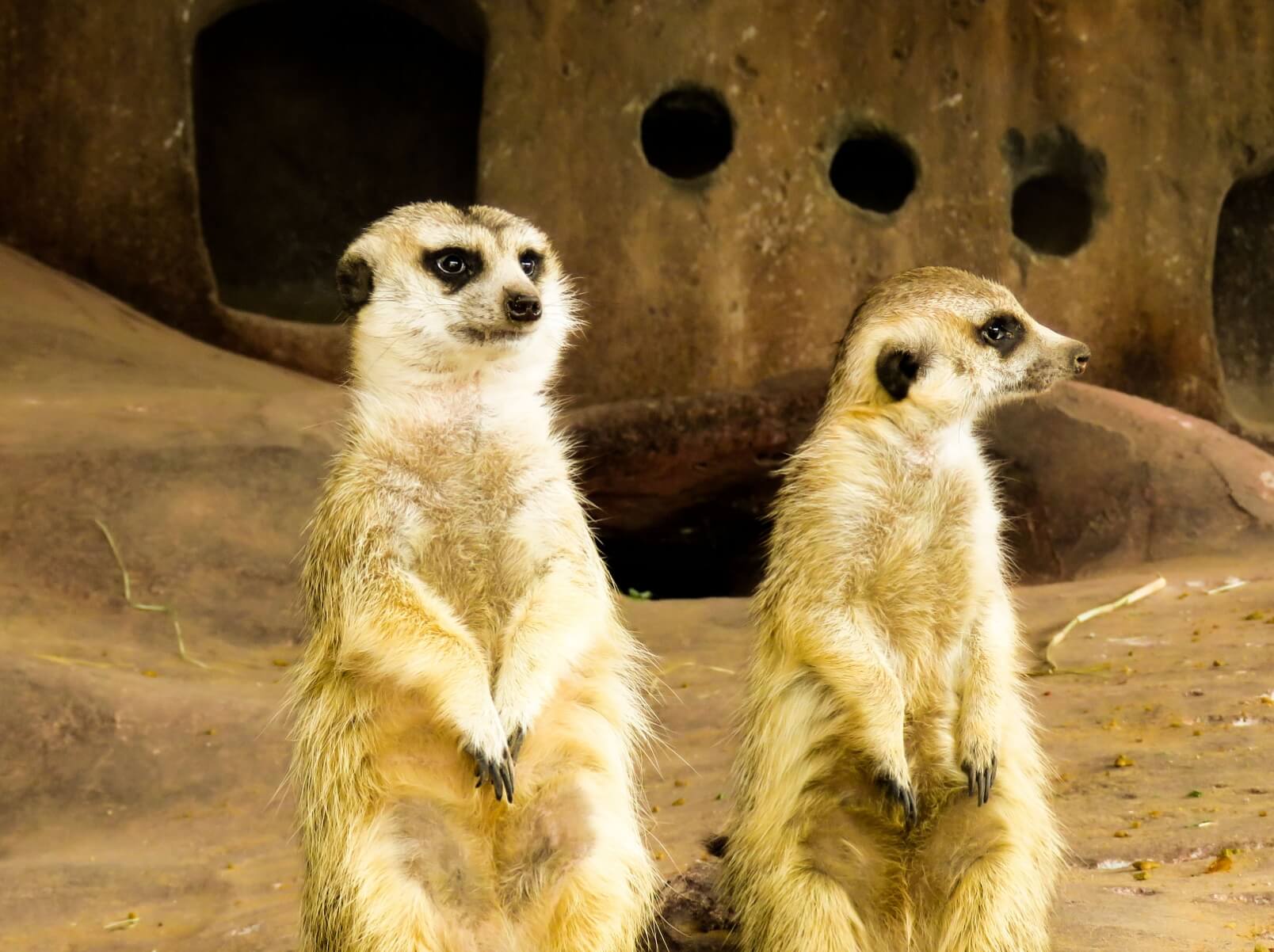INTERESTING FACTS
The leopard is one of the five extant species in the genus Panthera, a member of the cat family, Felidae. It occurs in a wide range in sub-Saharan Africa, in some parts of Western and Central Asia, Southern Russia, and on the Indian subcontinent to Southeast and East Asia.Most leopards are light coloured and have dark spots on their fur. They are the most feline, the most intelligent, the most dangerous and, until recently, one of the least understood carnivore species.
CONSERVATION MESSAGE
The leopard is classified as “Endangered” in Central Asia and Sri Lanka and “Critically Endangered” in the Middle East, Russia, and on the Indonesian island of Java. Wild leopards are under threat, largely due to human pressures and habitat loss, while captive animals suffer in zoos, circuses and under private ownership. Even in modern zoos big cats repeatedly pace, frustrated because their hunting and territorial instincts are denied.
What can you do to help save these animals?
Human-wildlive-conflicts do not start with carnivores. It can be a human-wildlive-conflict already when you discover a wild bee hive on your balcony and call pest control to spray pesticides to get rid of them. Before you kill any wildlive please consider other options: e.g. find out who rehomes wild bee hives or leave the stranded sea snake alone till the next tide comes to drag it into the water again instead.
CONSERVATION STATUS
Vulnerable
LIFE SPAN
10-15 years in wild
NATIVE HABITAT
Mountains of East Russia, China and North Korea
DIET
Carnivore
HEIGHT
60 – 70 cm
WEIGHT
7 – 64 cm
LENGTH
90 – 160 cm
Related Animals
More Animals


